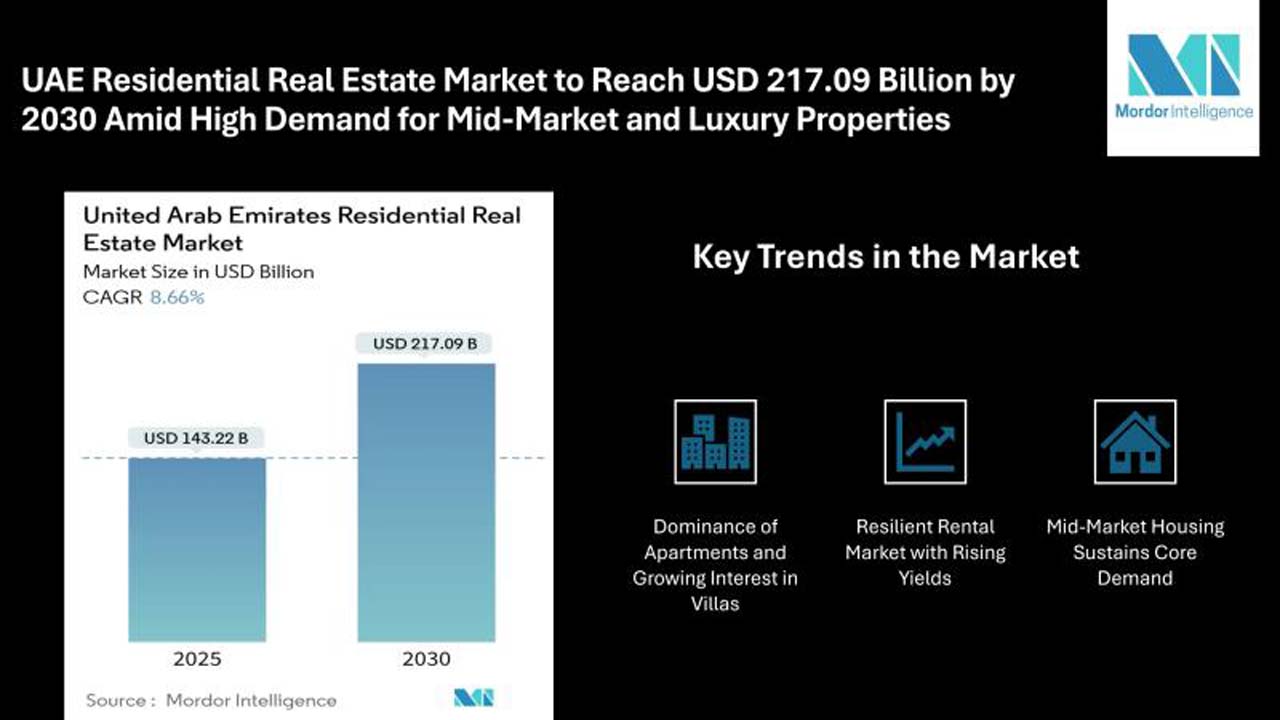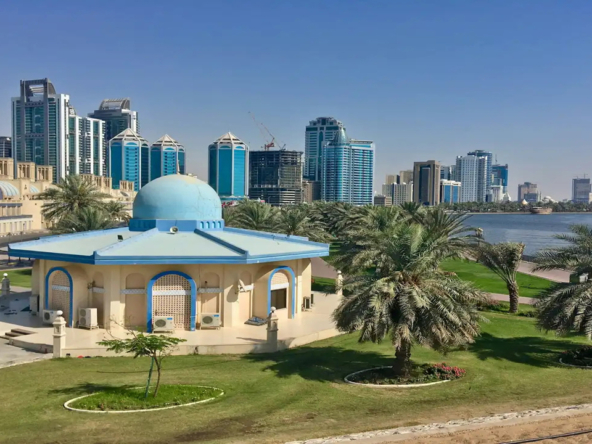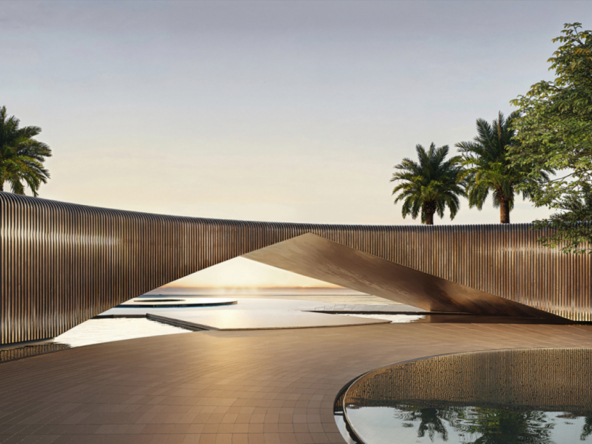The UAE residential real estate market is experiencing sustained growth, fueled by evolving buyer demands, increasing foreign investment, and strategic national reforms. Projected to reach USD 217.09 billion by 2030, the sector continues to gain momentum across both sales and rental segments.
Key urban hubs like Dubai and Abu Dhabi remain central to the market’s expansion, while emirates such as Ras Al Khaimah and Sharjah are emerging as attractive alternatives for affordable and lifestyle-centric developments. The market spans a wide range of property types and pricing categories, supported by modern infrastructure, government incentives, and a strong investor outlook.
Key Market Trends
🏢 Apartments Lead, But Villas See Rising Demand
Apartments continue to dominate, especially among singles, couples, and expatriates seeking urban living. However, villas and landed homes are increasingly favored by families and long-term residents for their space and privacy. Developers are actively building in suburban areas and master-planned communities to meet this demand.
💎 Luxury Housing Segment Accelerates
Luxury real estate — including branded residences, waterfront villas, and penthouses — is gaining traction as high-net-worth individuals relocate to the UAE. Global hospitality brands and premium developers are expanding their footprint, driving strong growth in this segment.
🏠 Mid-Market Remains Core Demand Driver
Mid-income housing remains the backbone of the market. With accessible mortgage products, flexible developer payment plans, and community-focused living, this segment continues to attract professionals and families across all emirates.
🏗️ Off-Plan Sales Outperform
The primary sales market is showing significant strength, outperforming resale transactions. Buyers are responding positively to off-plan launches with attractive pricing, phased payments, and high delivery confidence from reputable developers.
💼 Resilient Rental Market
Rental demand remains strong, with high occupancy and rising yields in sought-after neighborhoods. The shift to remote and hybrid work is encouraging longer tenancies, especially in lifestyle communities. Rental demand is also expanding in satellite towns and new districts due to affordability.
📍 Growth Beyond Dubai & Abu Dhabi
While Dubai and Abu Dhabi continue to lead, Ras Al Khaimah, Sharjah, and other emirates are registering faster growth rates, driven by affordability, infrastructure development, and increasing developer activity. Ras Al Khaimah, in particular, is becoming a hotspot for villa and coastal developments.
Market Segmentation Overview
By Property Type
- Apartments & Condominiums: Popular in central urban zones, ideal for expatriates and young professionals.
- Villas & Landed Homes: Increasingly preferred by families and luxury buyers for privacy and space.
By Price Segment
- Affordable Housing: Targeting first-time buyers and cost-conscious families in emerging areas.
- Mid-Market Housing: The largest segment with sustained demand across Dubai, Sharjah, and RAK.
- Luxury Housing: Premium projects featuring branded collaborations, prime views, and advanced amenities.
By Sale Mode
- Primary (Off-Plan) Market: Gaining market share through fresh launches and phased communities.
- Secondary (Ready) Market: Focused on resales in established areas with stable yields.
By Business Model
- Sales: Continues to dominate through end-user and investor transactions.
- Rentals: Supported by workforce migration, lifestyle leasing, and strong investor returns.
By Location
- Dubai: The UAE’s real estate epicenter, offering the widest range of inventory and pricing.
- Abu Dhabi: A market defined by large-scale government initiatives and premium developments.
- Sharjah: Family-friendly and affordable, with new master communities gaining traction.
- Ras Al Khaimah: Rapidly growing with beachfront villas and investment-focused offerings.
- Other Emirates: Ajman, Umm Al Quwain, and Fujairah are slowly expanding with niche residential projects.
Key Market Players
- Aldar Properties – Abu Dhabi-based, renowned for its integrated communities across various income levels.
- Nakheel PJSC – Known for iconic developments like Palm Jumeirah and expanding into mid-market housing.
- Damac Properties – A leader in luxury and branded real estate with innovative lifestyle concepts.
- Deyaar Development – Focused on affordable and mid-range housing in high-demand urban zones.
- Emaar Properties PJSC – A regional powerhouse behind projects like Downtown Dubai, Dubai Hills Estate, and The Valley, active across all market tiers.
These developers are shaping the UAE’s skyline with innovative concepts, sustainable planning, and customer-focused investment models.
Conclusion
The UAE residential real estate sector is poised for robust, long-term growth. A combination of expanding urban populations, diversified buyer profiles, and investor-friendly regulations is supporting broad-based market resilience. While apartments will remain essential to urban demand, luxury and villa segments are set to grow in appeal, especially among international buyers.
The continued rise of mid-market housing, alongside the expansion of suburban and second-tier cities, demonstrates the market’s adaptability and depth. As developers align with these trends through community-focused master plans and flexible pricing, the UAE remains a top-tier destination for residential real estate investment across all segments.




